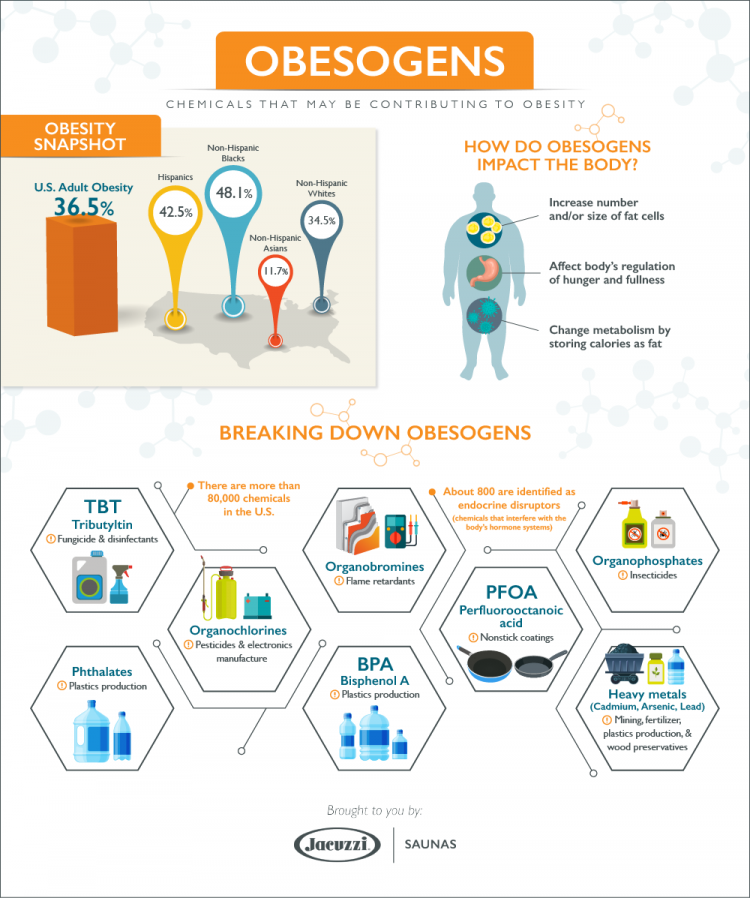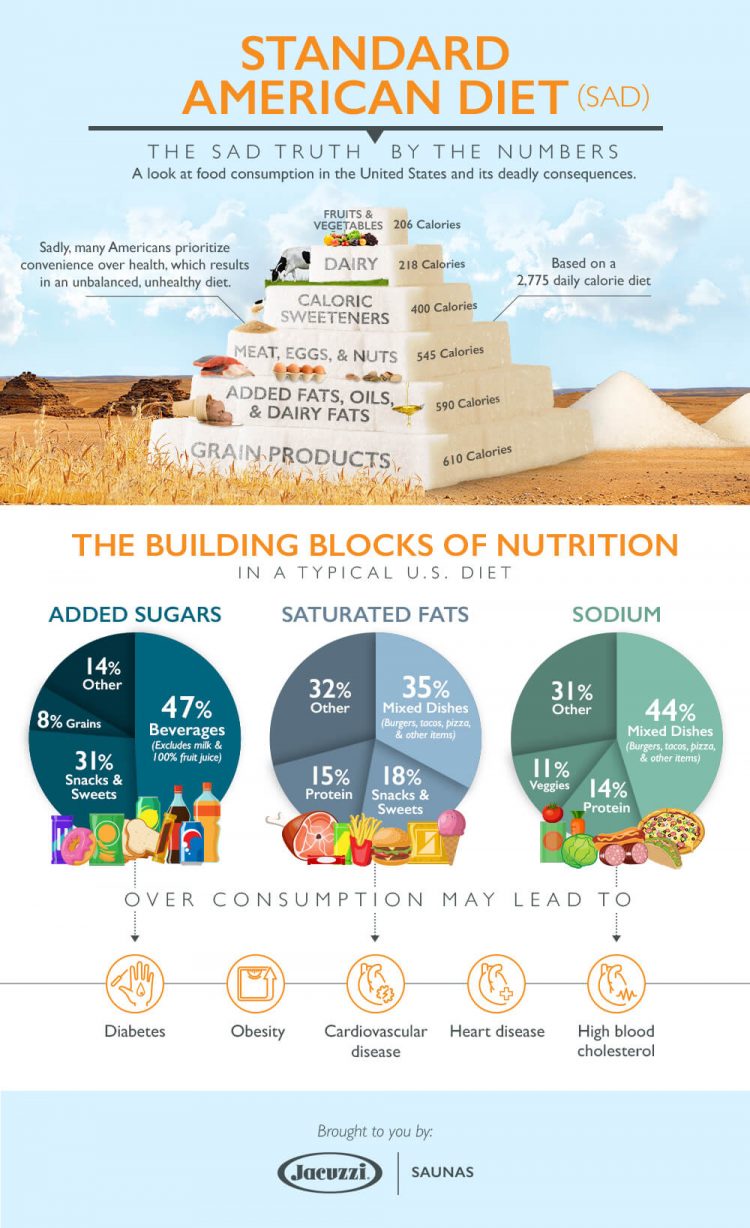Since the introduction of regulations on chemical production in 1976, there has been a lot of development and research within the chemical industry. The use of chemicals in manufactured products increased and thus the dangers of chemicals increased. Furthermore, the chemical manufacturing process and regulation began to evolve in response to the increased danger.
Beginning of Chemical Industry Regulations
In 1976, the Toxic Substances Control Act (TSCA) was passed by Congress, and it’s administered by the Environmental Protection Agency (EPA). TSCA regulates the introduction of both new and existing chemicals. Its three main objectives are to assess and regulate new commercial chemicals before they enter the market, regulate already existing chemicals that pose an unreasonable risk to our health and environment, and regulate these chemicals’ distribution and use.
Since the TSCA inauguration over 40 years ago, only nine chemicals have been banned (out of the over 80,000 on the US market!). While TSCA is good in theory, the law has not been significantly updated and has faced criticism as not doing enough.

Post the Infographic on Your Site (Embed Code):
Banned Chemicals
Below is a brief evolution of the banned chemical production we have seen since TSCA’s implementation:
1976 – TSCA launched
1978 – Polychlorinated Biphenyls (PCBs) were banned because of their toxicity to humans, animals, and some plants. PCBs were used mainly in electrical equipment, transformers, and hydraulics.
1978 – Fully Halogenated Chlorofluoroalkanes were banned because they deplete the ozone layer. This chemical was used in aerosol sprays, AC units, refrigeration, and insulation.
1980 – Dioxins were banned because they were shown to cause cancer. They were used in some herbicides.
1984 – Nitrates mixed with various components such as triethanolamine salts of substituted organic acid because they were shown to cause cancer and were found in metalworking fluids.
1989 – Asbestos, found in insulation and used in the construction of cars and ships, was banned for being risk factor for mesothelioma.
1990 – Hexavalent Chromium, which was found in paint for cars, boats, and planes, was banned because it was linked to cancer.
How Does The Chemical Evolution Affect You?
It’s disconcerting to think that today’s chemicals on the US market are manufactured at a rate of more than 1 million pounds annually and that only about 1% of these chemicals have been tested for safety. Because of this disparity, it is more crucial than ever to take care of your body.
Until EPA and governmental agencies take testing more seriously within the chemical industry, it is up to us to take control of the health of our bodies, our children, and our environment.
Detoxification is one way to help your body cleanse the many toxins that come from our environment, food, and household items. There are many ways to detox, including eating healthy or doing a short green juice cleanse, regular exercise, and sweating in a sauna.
View our eBook, Total Wellness, for more in-depth information and to see some of our favorite detox recipes and tips!
 Canada
Canada Australia
Australia New Zealand
New Zealand Malaysia
Malaysia China
China




























